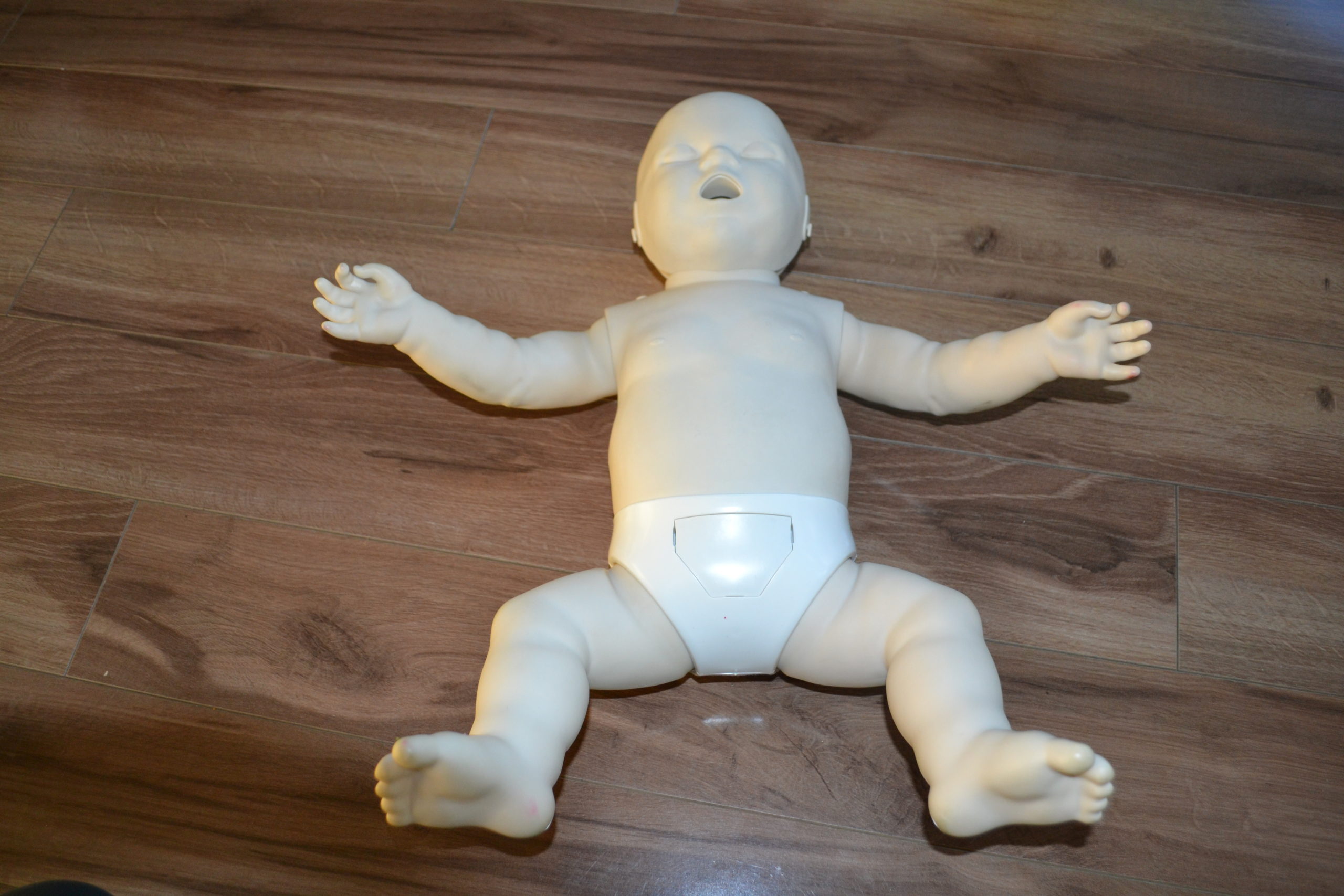Pelvic pain is usually common in women. Organs of the pelvis include the bladder, bowel, womb or uterus and the ovaries. Pelvic pain usually starts from one of these organs. Sometimes, the pain is caused by the pelvic bones that are located next to these organs or from the muscles, nerves, blood vessels or joints adjacent to it.
Female pelvic pain is pain felt below the belly button of a woman. It is chronic because it is long lasting if suffering from this condition for at least six months. The pain varies from woman to woman and sometimes causes mild ache that comes and goes. In others the pain is severe and steady and there is difficulty sleeping and working.
Causes of chronic pelvic pain
- Pelvic pain can be caused by the problems of the reproductive system such as adenomyosis, endometriosis, uterine fibroids and scar tissue or adhesions in the pelvic region after surgery.
- Condition affecting the urinary tract or bowel such as chronic bladder irritation and irritable bowel syndrome.
- Physical or sexual abuse
Sometimes, the pain is caused by the pelvic bones that are located next to these organs or from the muscles, nerves, blood vessels or joints adjacent to it. - Symptoms due to the menstrual period such as pain that can be dull or severe, intense cramping during menstrual period and pain when urinating or during bowel movement
- Chronic pain can cause depression such as feeling sad and hopeless, lack of appetite and not sleeping properly
Symptoms
- Pain that comes and goes or intermittent
- Severe and steady pain
- Dull aching
- Severe pain or cramping
- A feeling of heaviness or pressure deep within the pelvis
- Pain when urinating and during bowel movement
- Pain when sitting for long periods of time
Treatment
- Take over-the-counter pain medication such as ibuprofen or acetaminophen to relieve the pain and inflammation.
- Apply a heating pad or hot water bottle on the lower abdomen or take a warm bath to increase the flow of blood in the area. Applying a warm compress is also good for the condition.
- For back pain, elevate the legs above the level of the heart. Elevate the legs by placing pillows under the knees. When lying on the side, bring the knees up to the chest.
- Perform some relaxation techniques such as yoga, meditation, breathing exercises and progressive relaxation of the muscle.
- Perform regular exercises to increase the blood flow that increases the pain-relieving endorphins from the body and lessens the pain.
Tips
- Avoid eating wheat, dairy and other foods such as wine, soy and sugar for at least 21 days to see if there is an improvement with the symptoms.
- Consume a probiotic supplement every day with at least 10 billion live, helpful organisms such as acidophilus and Lactobacillus.
- Take glutamine supplement at least 100-200 mg at 2 times every day until the symptoms are minimized. Glutamine nourishes the cells that lines the intestines and prevents leaky gut syndrome.
FACT CHECK
https://www.nhs.uk/conditions/pelvic-pain/
https://www.webmd.com/women/ss/slideshow-pelvic-pain-causes
https://www.mayoclinic.org/symptom-checker/pelvic-pain-female-adult/related-factors/itt-20009075

